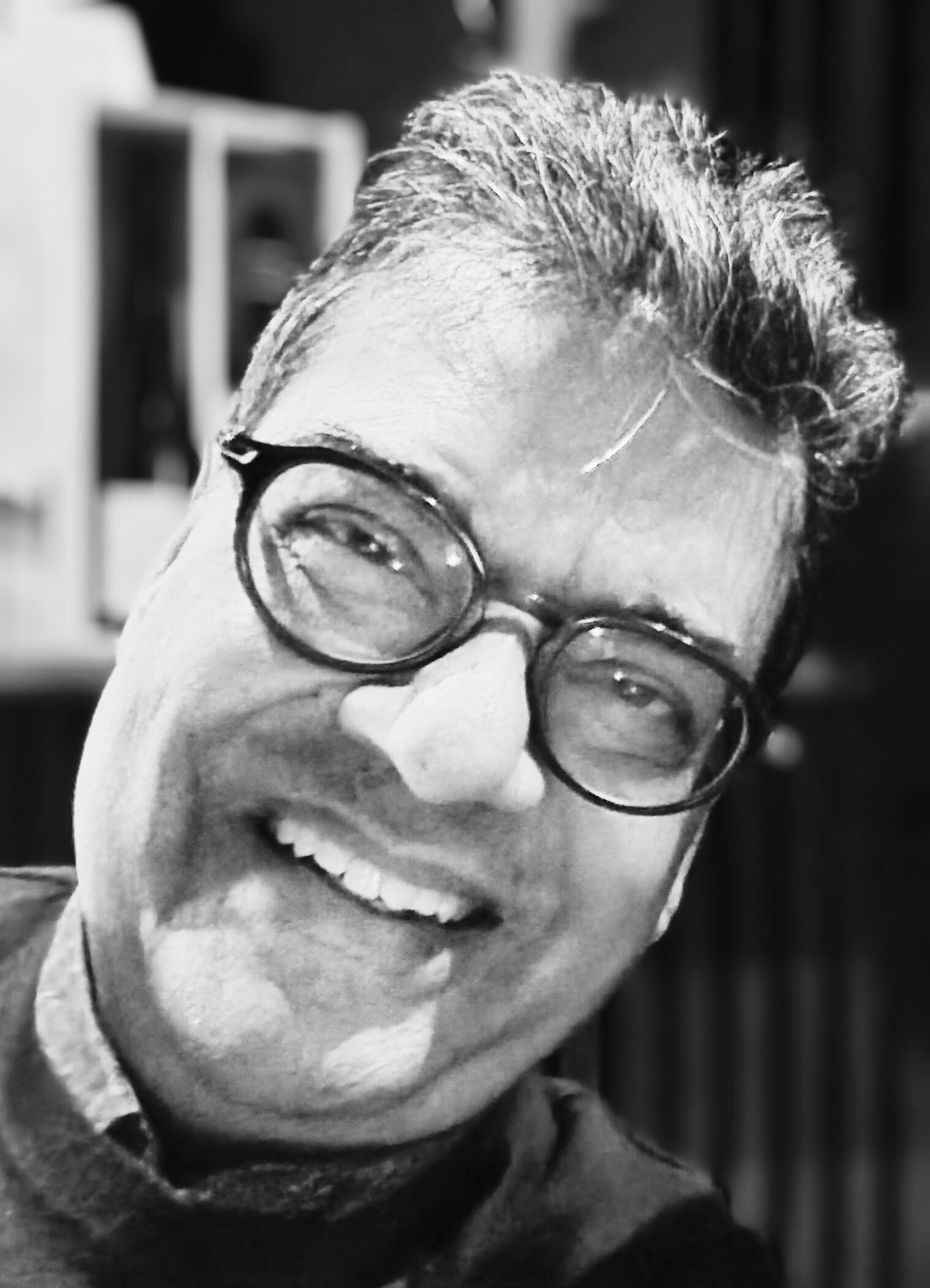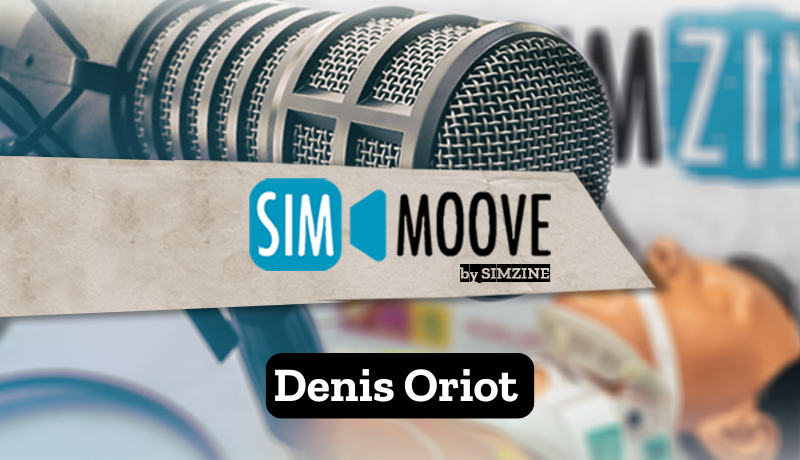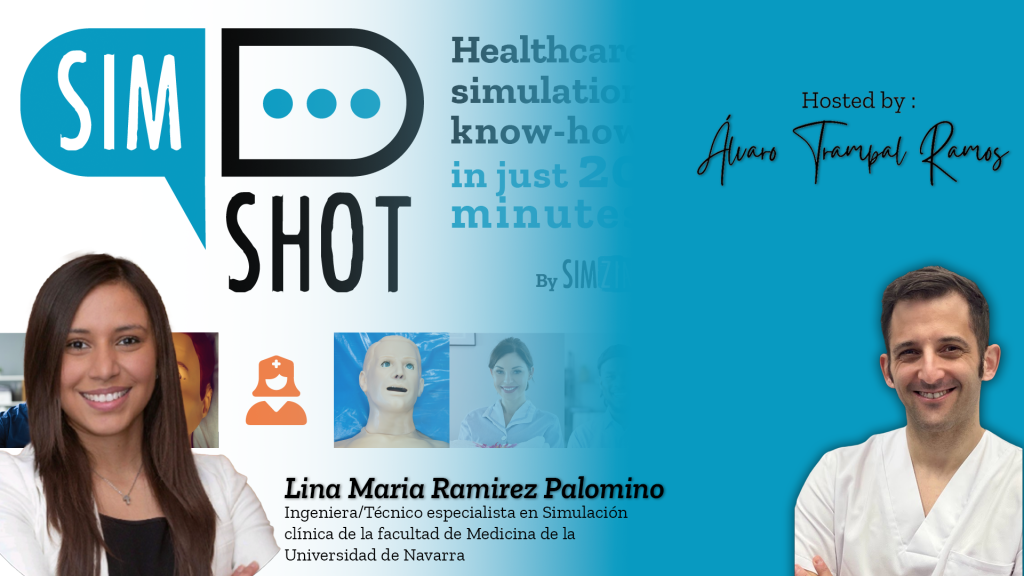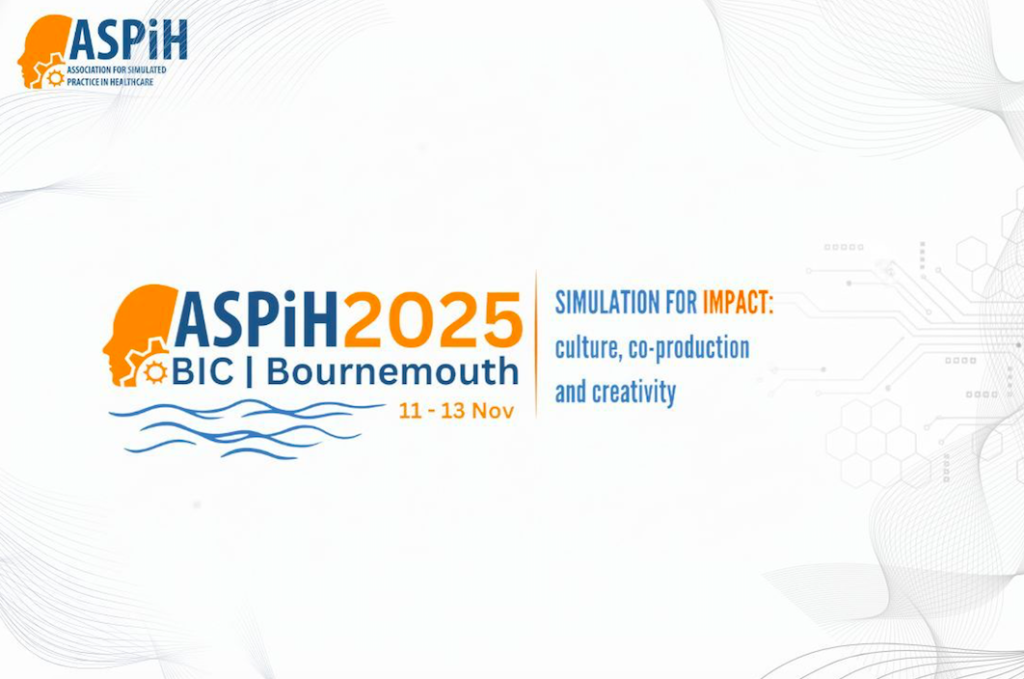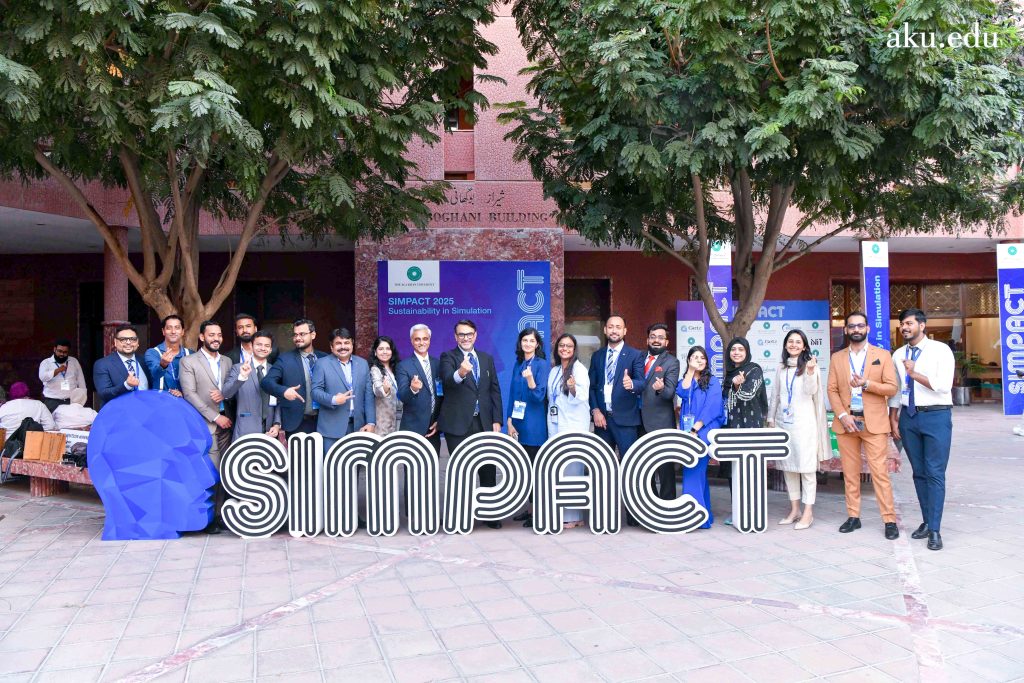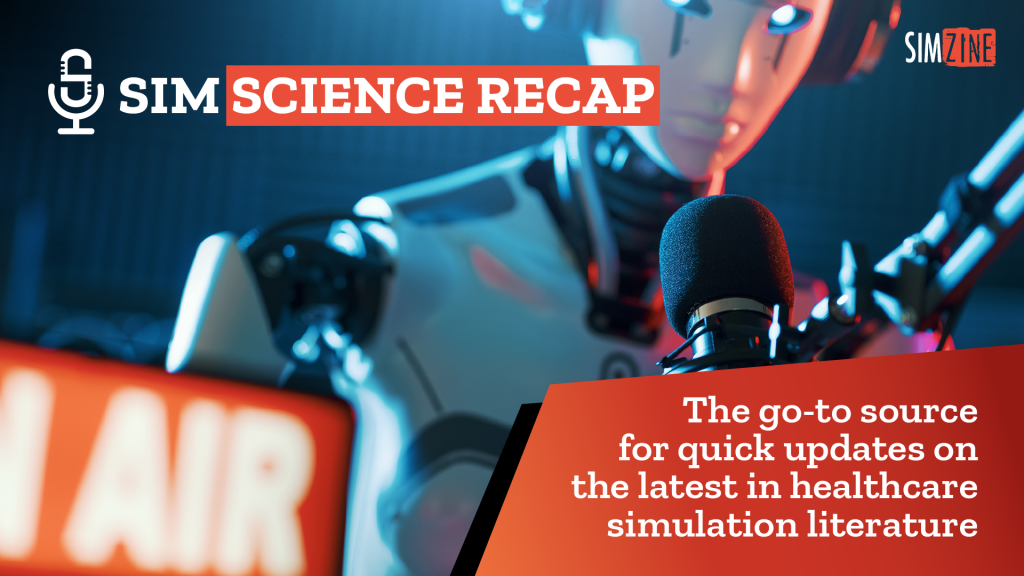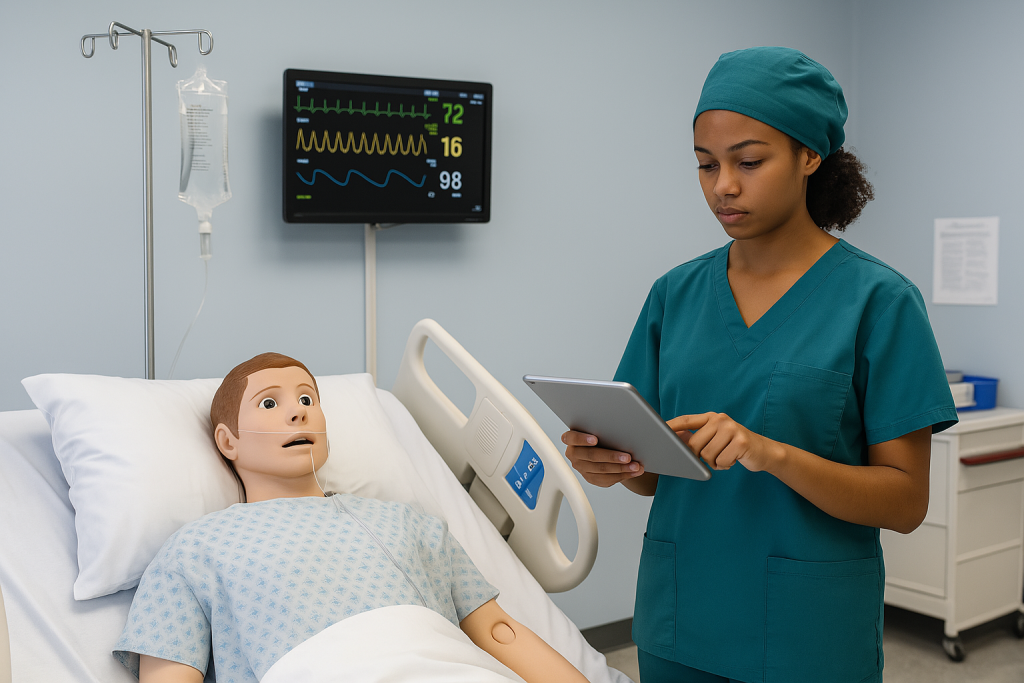As SESAM celebrates its 30th anniversary, we are honored to feature Dr. Vimal Chopra, the pioneering first president of SESAM. An esteemed Anesthesiologist at Leiden University Medical Center, Dr. Chopra’s visionary work laid the foundation for modern healthcare simulation. From the creation of one of the first anesthesia simulators to the formation of SESAM, his contributions have been instrumental in advancing patient safety and training. Dr. Chopra shared his remarkable journey and his insights into the future of simulation in healthcare. And we even found out that SESAM was born on a paper napkin in a cozy restaurant in Copenhagen
Vimal Chopra
An experienced Anesthesiologist with a robust background in the hospital and healthcare industry. Proficient in Medical Education, Anesthesia, Emergency Medicine, and general Medicine. Trained in India, the United Kingdom, and the Netherlands, holding a PhD from Leiden University. Inventor of the Leiden Anaesthesia Simulator
Understanding the history of how simulation in healthcare developed is crucial for appreciating its current significance and future potential. As SESAM marks its 30th anniversary, SIM Face column is delighted to spotlight Dr. Vimal Chopra, whose pioneering efforts have, in a way, shaped the landscape of medical simulation. Vimal was in fact a visionary: in the early 1990s he invented a simulator in anesthesia by collaborating with an airline; and then he founded SESAM when no one was yet talking about simulation in healthcare, much less thinking of a society with a scientific vocation. In short, we feel we should have a chat with Vimal.
It is with real pleasure that we welcome you to this “special” space where we want to make known the faces of people who have marked, in a way, the history of simulation. And as SESAM celebrates its 30th anniversary this year we are honored, Vimal, to have this chat with you. You were the first SESAM president. Would you first tell us a few words about yourself and when did you begin to have interest in simulation?
I am Vimal Chopra. I work as an Anesthesiologist at the Leiden University Medical Center in the Netherlands. In 1987 I got involved in the project “Safety in Anaesthesia” that was initiated in our department by the then chairman Prof Johan Spierdijk in association with KLM. I did a couple of studies on anesthesia accidents and incidents in the initial years which concluded that human errors are the commonest cause of errors in anesthesia. We introduced the use of checklists in anesthesia to reduce human errors, just like in aviation. The project then turned into building a real life anesthesia simulator for training; similar to the full scale airplanes simulators. With help from Draeger Netherlands, KLM and some government funding we managed to put together our first prototype. The prototype of the Leiden Anaesthesia Simulator was exhibited during the 10th World Congress of Anaesthesiologists in 1992 at the Hague.
Who decided to establish SESAM? How did it come about? Do you want to tell us a little bit of history? Something that we don’t know yet
During the initial months I came in contact with David Gaba from Stanford and Michael Good from Gainesville. These two centers were developing their own full scale anesthesia simulators. Then, I think, if I remember correctly (my memory may be fading….) it was during one of the Anesthesia Patient Safety Foundation (APSF) or Society for Technology in Anesthesia (STA) meeting in the US, I stumbled into other like-minded individuals like Per Foege Jensen from Copenhagen and Arne Rettedal from Stavanger. They were trying to develop their own versions of full-scale simulators. We started corresponding via emails exchanging ideas and information for developing simulation scenarios etc. We met a couple of times here and there as well. During one of those meetings in Copenhagen in 1994, when a few of us were sitting in a very cozy bar/restaurant, we came up with the idea of starting a European society for simulation. We had already downed a couple of beers when we began thinking about a suitable name. After some “intellectual” discussions we came up with the acronym SESAM, which stood for Society in Europe for Simulation in Anaesthesia and Medicine. We immediately noted this down on a restaurant napkin. So, SESAM was born on a paper napkin in a cozy restaurant in Copenhagen! It was “unanimously” decided to elect me as president and Per Foege as vice president. I think Arne Rettedal was secretary, if I remember correctly.
You were precisely the first president. Wow, what a responsibility! What motivated you to run for, and then to become, president of the SESAM?
As I said, I did not “run” for presidency. It just happened in that Copenhagen restaurant. After “establishing” SESAM in Copenhagen in 1994, our small group remained frequently in contact with each other. During the next few years we met at various meetings in Europe and the US. Many other European centers were getting interested in simulation training etc. We came in contact with many other colleagues; Ronnie Glavin from Scotland, and a few others from Bristol, Basel, Stefan from Mainz, Doris from Copenhagen, Willem van Meurs and many more (I am forgetting many names). A few of us met in Tucson in January 1998. There we decided to organize the first formal SESAM meeting that year, and since I was still the president, it was decided to hold it in Leiden in April 1998.
What initial challenges did you face in setting the direction for the society?
The first challenge was to organize the first official meeting of SESAM in Leiden. I was not sure how many of us would be able to come or would actually be interested in at all. To everyone’s surprise the meeting was rather well attended. Somehow, I managed to put up a full meeting programme for one and a half days with many interesting presentations from attendees and even managed to get a few guest speakers. Of course, the evening social programme was a dinner in one of the old restaurants in Leiden, with good food and drinks.
The Leiden meeting formalized SESAM. The Constitution for SESAM was adopted in Leiden on 18 April 1998. Per Foege replaced me as president, and I replaced him as vice president.
Since then, there has been no going back!
In the very early stage it was evident that the real challenge was not making or buying the hardware, but rather using it effectively and efficiently. How to create training scenarios and how to organize training sessions with limited resources (remember, full scale simulation training is very demanding on resources; time, personnel, management and of course, finances) were and still are major challenges. Another challenge was to formalize simulation training as part of initial anesthesia training and make it mandatory for recertification.
I am glad to see that we have really come a long way now.
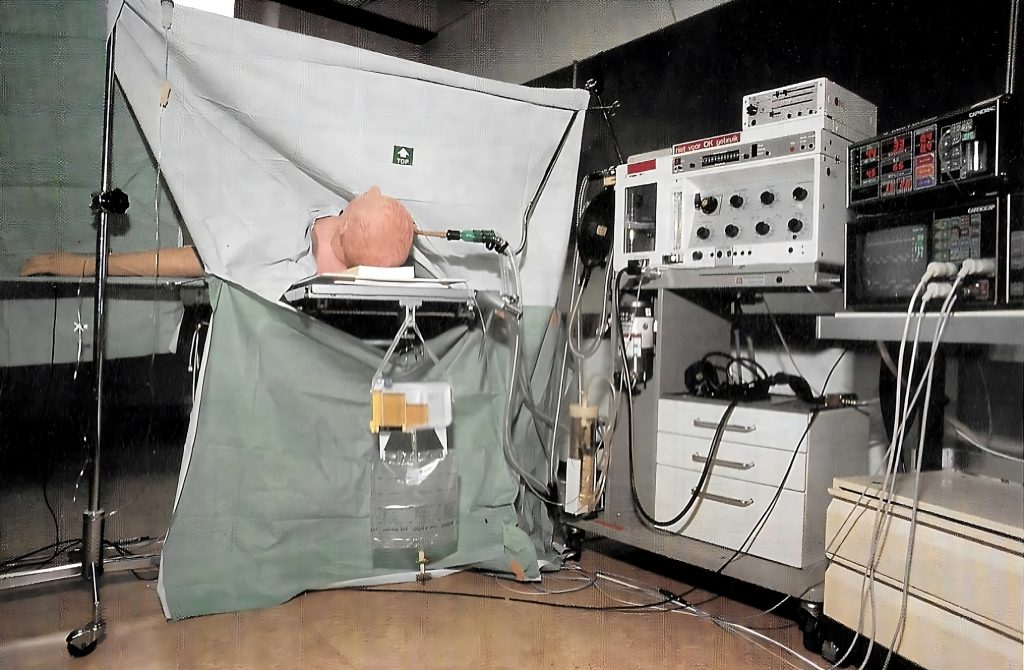
Looking back, what advice would you give to yourself when you first started as president of SESAM?
Initially SESAM was not meant to be a formal organization. It started as a small club of like-minded people interested in patient safety and use of simulation for training. The technology was rather primitive as compared to now, but still we could manage to create something out of it. In spite of that we could manage to get initial interest in this aspect of training. I think anything new needs time to gather momentum. With each passing year more people were getting interested. In the nineties safety in medicine became a hot topic and this helped. A rather more aggressive approach to push this idea of training at that time could have helped a quicker acceptance.
SESAM is the oldest scientific simulation society in healthcare. How do you think it has influenced the evolution of this discipline over the years?
Wow! I did not know that we are THE oldest scientific simulation society!
Now it is unthinkable, at least in Leiden, and I am sure in many European teaching hospitals, to complete anesthesia training without having gone through simulation training in some form or the other. I am personally not aware of any studies which show that this has actually helped in reducing human errors in practice, but logic says that medical practice should have become safer. Since SESAM has grown many folds over the years, it has definitely helped to spread the importance of this aspect of training and teaching. SESAM is an important forum.
The last few years have presented many challenges and opportunities. In your opinion, what are the key challenges and opportunities that the simulation community faces going forward?
- Simulation training remains a very resource intensive training. Not only do you need expensive hardware, but need space and personnel for the training sessions. I think new developments with Virtual Reality can help in this respect to some extent.
- I am not sure how much simulation is currently being used for recertification. I would like to see simulation being used in medicine the way it is mandatory for recertification of airline pilots.
So, after 30 years since its inception, what do you expect from SESAM in the coming years?
Continue to grow stronger and become more relevant!
What have you learned along the road of medical invention and training, and can you share any tips or tools for success?
It has been a very rewarding journey. One should think out of the box and not be afraid of failures. People may laugh at new ideas at first but one must follow one’s path with conviction.
We normally close these interviews by a question that is a bit outside of the box. During your term as president, what would you do differently if you could go back to 30 years ago?
Maybe I should have continued a bit longer with this.
Thank you again. I wish you, Vimal, the best of success in your journey and would like to thank you for the time you spent with us.
READ ALSO



